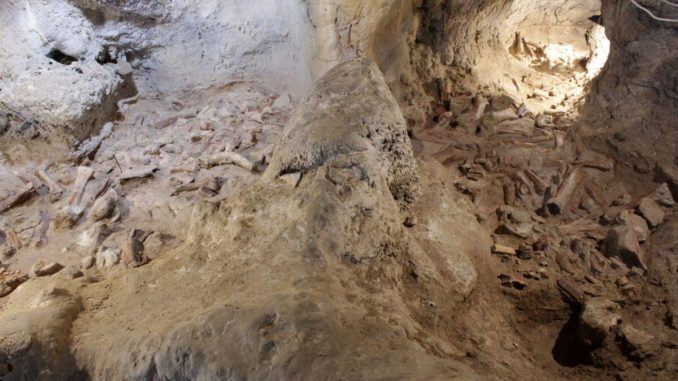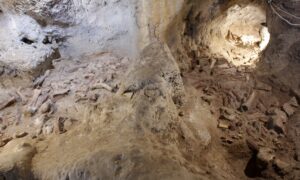

The origin of humans has always been one of the ultimate questions in science. Ever since Charles Darwin wrote his book “On the Origin of Species,” paving the way for many scientists to reject the idea of divine creation, evolutionists have been trying to find a satisfactory explanation for how humans originated.
Darwin himself speculated that humans came from a last common ancestor in Africa. Since then, many similar explanations have been put forward. Several years ago, it was commonly held among scientists that Homo sapiens (humans) evolved in Africa about 200,000 years ago and gradually spread around the world in the last several tens of thousands of years.
Recent findings, however, may completely shift the paradigm.
For instance, a recent discovery published in Nature showed evidence of Stone Age tools from more than 2 million years ago in China.
In a recent review published in Science, the authors reviewed major discoveries in the field of hominin origins in the 150 years since Darwin’s speculation. They concluded that the research is “a big mess.”
“When you look at the narrative for hominin origins, it’s just a big mess—there’s no consensus whatsoever,” said lead author Sergio Almécija, a senior research scientist in the Museum’s Division of Anthropology, in a statement.
The authors argued that fossils are essential for the study of ape and human evolution.
Two major approaches are used to study human origins. One is the “top-down” approach, which relies on analysis of living apes, especially chimpanzees; the other is the “bottom-up” approach, which emphasizes the fossils of mostly extinct apes.
In their review, the authors discussed the limitations of relying on only one of two approaches to study hominin origins. “Top-down” studies sometimes overlook the fact that living apes, including humans, chimpanzees, gorillas, orangutans, and hylobatids, are just the survivors of a potentially much larger but now mostly extinct group of apes, according to the statement.
On the other hand, the “bottom-up” studies tend to give fossil apes a starring evolutionary role that fits a preconceived narrative, the statement reported.
Overall, however, the authors concluded that most explanations of human origins are not compatible with fossil records.
“Living ape species are specialized species, relicts of a much larger group of now extinct apes. When we consider all evidence—that is, both living and fossil apes and hominins—it is clear that a human evolutionary story based on the few ape species currently alive is missing much of the bigger picture,” said study co-author Ashley Hammond, an assistant curator in the Museum’s Division of Anthropology, in the statement.
The evidence gained by studying living apes alone is not sufficient, the authors concluded.
“Current disparate theories regarding ape and human evolution would be much more informed if, together with early hominins and living apes, Miocene apes were also included in the equation,” said Almécija in the statement. “In other words, fossil apes are essential to reconstruct the ‘starting point’ from which humans and chimpanzees evolved.”
While severe disagreements between top-down and bottom-up approaches are not unheard of in the history of science, they often suggest fundamental problems in the narrative of the scientific question and may lead to a major revolution in theories.
The new review was published in Science on May 7.





Be the first to comment